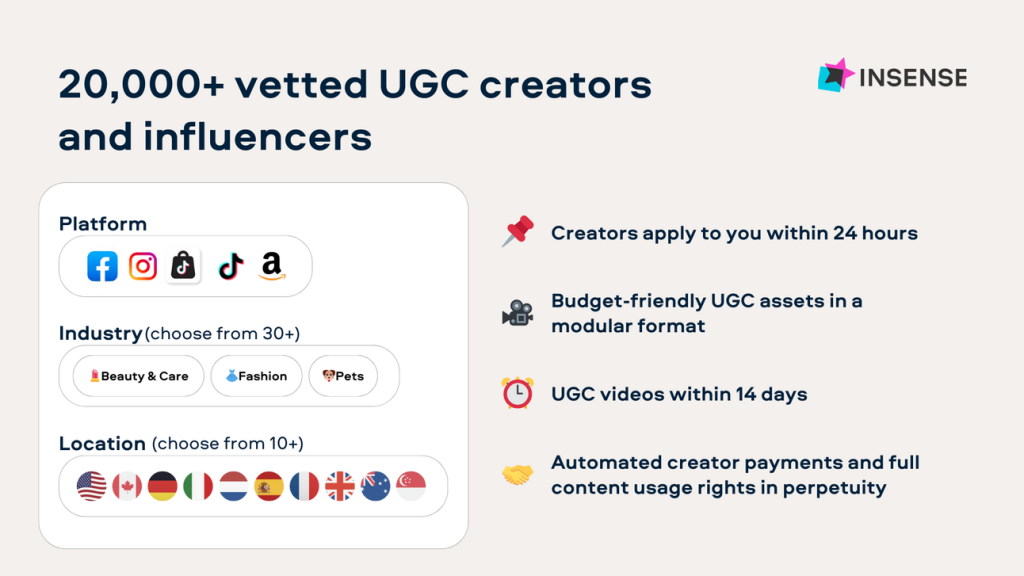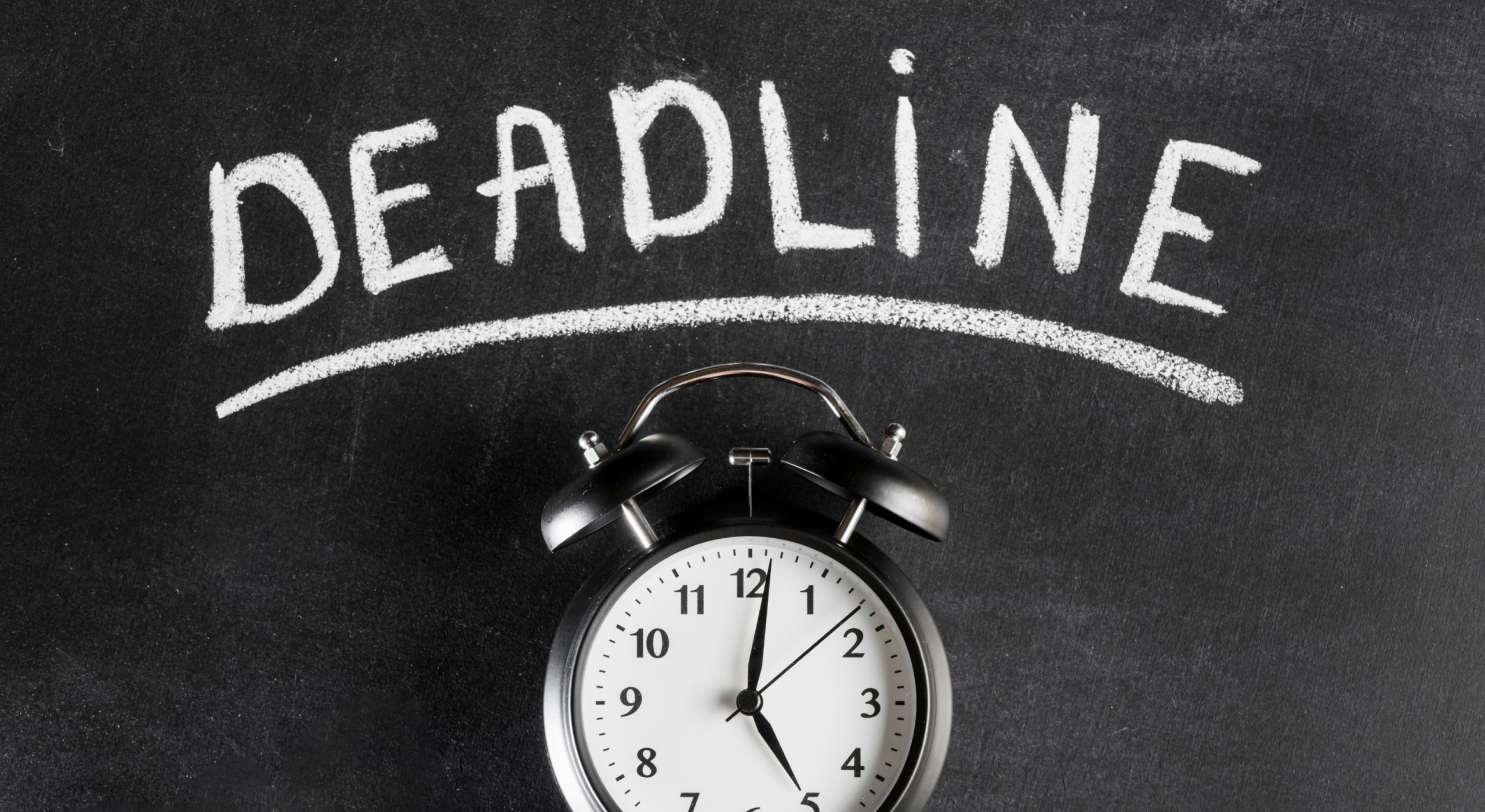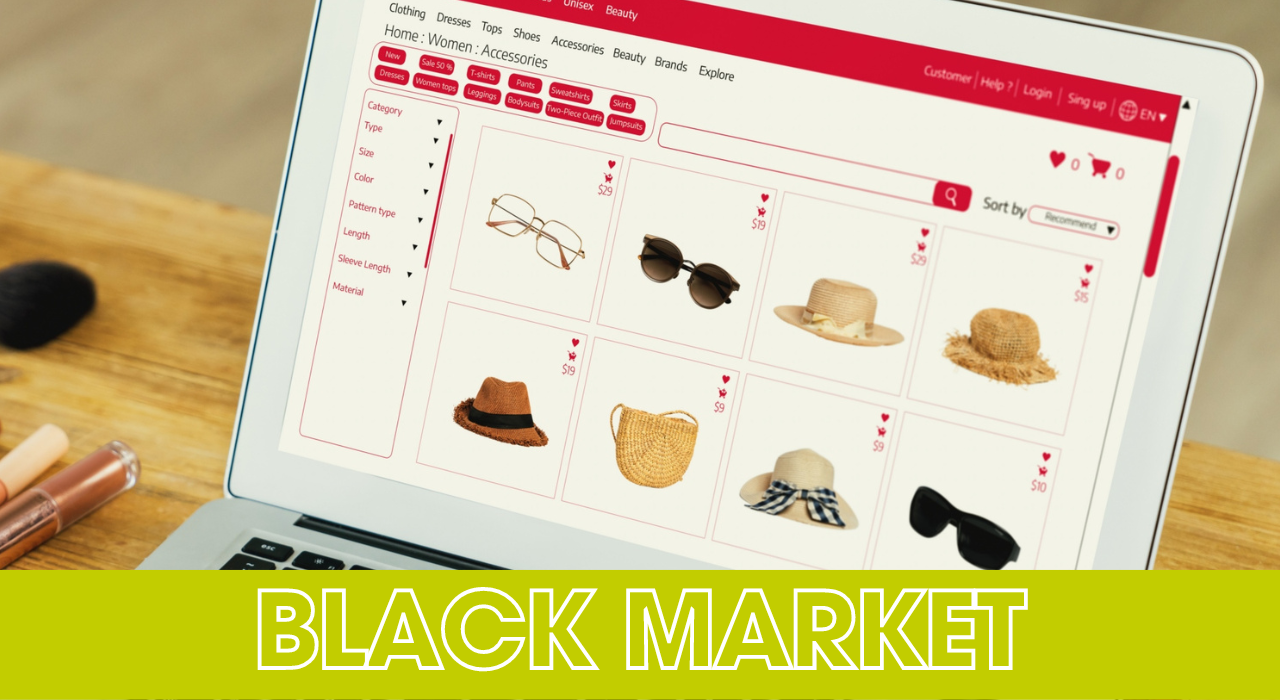Ecommerce platforms will soon be rejoicing, as a new AI tech that can beat website attacks with 100% accuracy. Once given a go signal for widespread application, this innovation would eliminate the need for user authentication and streamline data protection.
This is also good news for sellers, especially those who have their store websites. This would allow you to prioritize solving other critical issues, like what one seller encountered below.
- An epic Amazon slip-up 🤕
- You BFCM success awaits 💰
- Winning all shoppers’ generations 🤝

BLACK MARKET
An unfortunate seller took to the forums to report on what might be another Amazon glitch. This time, it involves the Order Defect Rate (ODR), a performance metric that includes negative feedback, late orders, and A-to-Z claims.
◀️ What happened?
- A customer initiated a return because they didn’t like the color of the order.
- The seller promptly issued a refund on September 18, right after they received the returned order.
- Although the refund was issued on time on the seller’s end, Amazon did not process the refund immediately. The refund status was stuck at the PENDING state.
- The customer then filed an A-to-Z claim since they didn’t receive the refund.
Amazon sent confusing and contradictory messages to the seller, as well:
- The first message said: “Your account will not be debited for this claim. We will not include the claim in your order defect rate and performance metrics.”
- After 5 minutes, they received another one stating: “As the buyer did file a claim, we will still include the claim in your Order Defect Rate and performance metrics.”
🤯 A complicated case
This case is particularly complicated because the “ship by” and estimated delivery date (EDD) were questioned. The seller clarified that it wasn’t the issue. Amazon is including this in the seller’s ODR because the refund was late (it wasn’t), NOT because the order was late.
Currently, the seller requests Amazon to reverse the ODR count. Poor account health will affect their sales, especially this peak season.
What to do to prevent this
First and foremost, always respond to claims promptly and record the time. This way you can prove to Amazon and your clients that you responded on time.
As for deliveries, it’s better to cancel orders if you think you won’t meet the EDD.

TOGETHER WITH INSENSE
Secure your BFCM success with high-quality UGC

You probably know that UGC video ads are high converters because they're full of social proof.
But how are you preparing for the sudden demand for UGC in Q4?
Like us, you've probably tried various UGC and influencer marketing platforms, but Insense stands out for the following reasons:
- No manual outreach; creators that match your requirements apply directly to your campaigns.
- Start collaborations immediately and get UGC within 14 days.
- Run all types of collaborations with influencers to amplify your brand across the entire marketing funnel, including Affiliate, TikTok Shop, and Meta Whitelisted Ads, on top of UGC assets.
- Enjoy automated influencer contracts, automate payments, and receive content in perpetuity.
Join 1,700+ major eComm brands, including Victoria Beckham Beauty, GoPure, and Solawave using Insense this BFCM.
Book a free Q4 consultancy call and get a $200 platform bonus by October 4

BITES OF THE WEEK
- Personalization = Success: This is the ultimate ecommerce equation, according to an ecommerce and marketing expert.
- Holiday SEO: Here are some content ideas for your holiday marketing.
- Tech-powered Logistics: AI has greatly revolutionized ecommerce supply chains.
- Your Spot is Still Available: Be part of a strong seller alliance today!

SOCIAL PULSE
How to tailor your marketing strategy for different shoppers

Did you know that a 5% boost in customer loyalty can grow your profits by at least 25%?
To make that happen, you need to deeply connect with shoppers by offering personal and relevant experiences. PR Newswire says the trick is to tailor your approach for different generations of shoppers.
But how?
Well, you just need to know their communication preferences:
- Baby boomers (born 1946-1964) value clear communication, trust, and quality. To reach them:
- Send personalized email promotions.
- Focus on customer service and product reliability.
- Highlight loyalty programs or guarantees to build trust.
- Generation Xers (born 1965-1980) are independent and tech-savvy but still prefer traditional communication. To reach them:
- Send detailed product updates through email or text.
- Make sure the checkout process is quick and smooth.
- Offer discounts or rewards for loyal customers.
- Millennials (born 1981-1996) love experiences and convenience. To reach them:
- Use social media and chatbots for fast, interactive support.
- Create engaging content, like product videos or tutorials.
- Reward loyalty with exclusive deals or early access to new products.
- Gen Zers (born 1997-2012) care about the world and expect brands to understand them. To reach them:
- Personalize marketing to fit their interests.
- Engage with them through social media.
- Promote eco-friendly and socially responsible products.
🎯 Attracting customers is great, but keeping them loyal is where real success happens. Adapt your strategies to each generation’s preferences, and you'll surely boost sales while building strong, lasting relationships with your customers.








